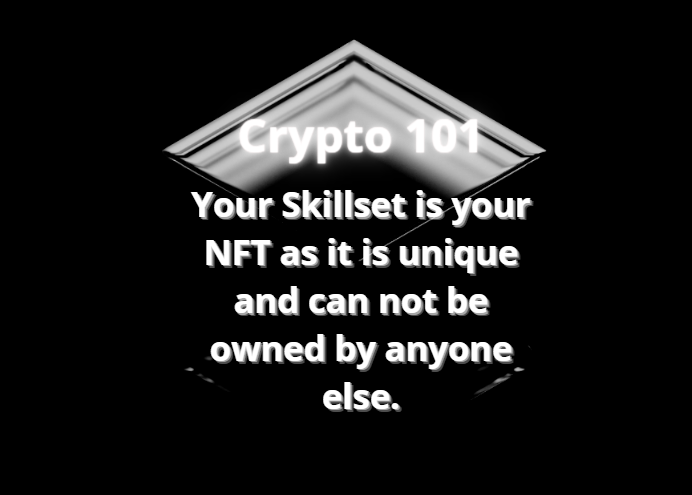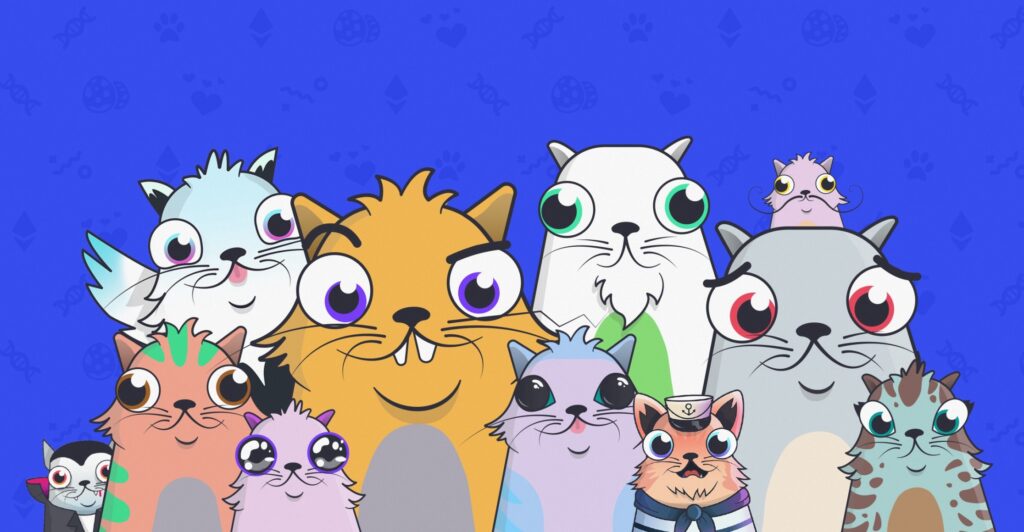Do you know that you are already a NFT owner! HOW?
Non-fungible tokens (NFTs) are digital assets shown to be one-of-a-kind, resulting in digital scarcity. They cannot be duplicated or divided in any way.
Now think about your skill, it is one of a kind, right! And it is irreplaceable because only you possess those qualities! And further you can not divide your skill and give it to someone else! So, you all are already NFT holders!
You now know NFT in the most basic terms. Let’s now dive in to the technicalities
NFT’s have a wide range of applications, including digital valuables, music, artwork, and in-game tokens.

Cryptocurrencies, utility tokens, security tokens, privacy tokens are all examples of digital assets and classifications that are growing and developing along with blockchain technology.
Non-fungible tokens (NFTs) are another demonstration of the industry’s rapid acceptance and evolution. This post will provide an answer for all your queries, including what NFT’s are, how they work, and their use cases.
What is a Non-Fungible Token?
See it’s not any rocket science, let’s understand it with the help of an example:
We use government issued notes in our daily lives, which can be exchanged one for another; provided they have the same value, the possessor sees no difference between, for example, ₹2000 bill and ₹2000 note.
Non-fungible tokens are unique digital assets with no close alternatives.
Every NFT is different from others.
- The identifying information stored in smart contracts distinguishes each NFT. As such, they cannot be replaced by another token.
- Because no two NFTs are alike, we cannot switch them like banknotes.
NFT marketplaces allow digital accumulators to buy, sell, and create tokens that signify unique ownership of tangible or intangible items.
What is a Fungible Token?
Bitcoin is a fungible token as it can be exchanged for other currencies. You can give one Bitcoin to someone, and they can send one back to you, and you will still have one Bitcoin. (Of course, the value of Bitcoin may fluctuate during the exchange.)
As fungible tokens are divisible, you can send or receive Satoshis (think of satoshis as cents of a Bitcoin).
Fungible tokens are completely interchangeable with each other.
Non-fungible tokens are not divisible. For instance, you cannot send someone a part of your movie ticket, right? A portion of a movie ticket would be worthless on its own, and the same is with NFT.
What distinguishes NFTs?
Non-fungible tokens have distinctive characteristics and are majorly linked to a particular asset. NFT can be used to prove ownership of anything from digital artefacts like game skins to actual goods.
The gun skin you have in BGMI, COD or any game is an NFT, as it is unique; you can not send a part of it to anybody, and it is linked to an asset.
Other tokens, like coins and banknotes, are fungible. When fungible tokens are exchanged, they have the same characteristics and value.
What is the purpose of non-fungible tokens?
Non-fungible tokens, like CryptoKitties, can be used for digital assets that need to be distinguished from one another to demonstrate their value or scarcity. According to some estimates, CryptoKitties had 1.5 million users who were responsible for $40 million worth of transactions on its platform.
Below is an image of CryptoKitties:

NFT’s can represent everything from online land parcels to craftworks to ownership licences.
Non-fungible tokens are not exchanged on traditional cryptocurrency exchanges but digital markets such as Rarible or Axie Infinity.
How do NFTs function?
Tokens such as Bitcoin and ERC-20 tokens based on Ethereum are fungible. ERC-721 is Ethereum’s non-fungible token standard, used by sites such as OpenSea and Nifty Gateway.
- You can create a non-fungible token using non-fungible token tools and support on other smart-contract-enabled blockchains.
- Even though Ethereum was the first to be widely adopted, NEO, EOS, and TRON now have NFT specifications.
- Non-fungible tokens and accompanying smart contracts enable the addition of specific properties such as the owner’s identity, rich metadata, or secure file links.
- The ability of non-fungible tokens to immutably verify digital ownership is a significant step forward in an increasingly digital society.
- They could envision blockchain’s promise of trustless security being applied to the ownership or trading of nearly any asset.
- Non-fungible coins, their protocols, and smart contract technologies are still being developed, as has been the case with blockchain too far.
- Developing Dapps and platforms for the generation and maintenance of non-fungible tokens is still an obstruction.
There is also the issue of developing a standard. The blockchain development community is fragmented, with numerous developers working on their projects.
To be successful, consistent standards and compatibility may be required.
Future of NFTs
Presently, much of the focus on Non-Fungible tokens is on gaming, artwork and crypto collectables.
- Recognizable businesses are increasingly licencing their material for NFTs; fantasy soccer game Sorare has signed up 100 football teams to its platform, while the Smurfs, Minecraft, and the BBC’s Doctor. They have all been recreated as NFTs.
- Non-fungible tokens could be used in gaming to represent in-game objects such as skins, allowing them to be moved to other games or traded with other players.
- Their applicability to copyright and intellectual property rights, ticketing, and the sale and trading of video games, on the other hand, has far broader potential.
- Non-fungible tokens can be used in the tokenization of digital and physical assets. Real estate, for example, could be tokenized to allow for fractional or shared ownership.
- Even if only tokens representing a portion of the ownership are sold, the asset ownership is wholly traceable and visible if these security tokens are non-fungible.
Non-fungible tokens may be commonly used for various purposes, such as licensing, trademarks, and certificates.
With their smart contract, non-fungible tokens can be verified through their owner’s identity.
Conclusion
Given the diversity of potential applications, it is unlikely that NFTs will vanish soon. Many use cases will most likely be tested, and some will fail, but a few will stay, and these will have a significant impact on our daily lives.
There are already discussions on developing public goods NFTs and NFTs that allow a user, artist, or organization to donate a percentage of their revenue to social causes. Isn’t that incredible?
Never before in human history have we been able to own, share, and trust with such ease. The potential for NFTs to evolve into art legos is limitless. Soon, any blockchain will build a system of arbitrary complexity on top of programmable NFT capabilities.
Final Words
That’s it for the quick guide, I hope that my content added a bit value to your time. If you think any other explanation could’ve been added, feel free to use the comment section and generate awareness within our community.
Till then, you can follow me to stay updated with the trends and get an insight about the markets. There’s a lot more coming in the upcoming days so do SUBSCRIBE the newsletter.
If you liked the content, feel free to share it within our community and if you didn’t liked the content, do let me know that too. So I can improvise next time!
Stay Safe, Stay Healthy and Take care of yourself and your Loved Ones.